Mexico’s street food scene represents one of the world’s most vibrant and diverse culinary landscapes, where ancient indigenous ingredients meet Spanish colonial influences and modern creativity. From bustling metropolitan markets to small coastal towns, Mexican street vendors serve up everything from simple corn tortillas topped with lime and chili to complex moles that have been perfected over generations. The country’s street food culture runs so deep that UNESCO recognized traditional Mexican cuisine as an Intangible Cultural Heritage of Humanity.
Every Mexican city has its street food personality, shaped by local ingredients, regional traditions, and the creativity of vendors who often pass down recipes through families like treasured heirlooms. Here is a list of 16 cities across Mexico where street food isn’t just sustenance—it’s an art form that tells the story of Mexican culture one delicious bite at a time.
Mexico City

Mexico City serves as the undisputed capital of Mexican street food, where vendors on nearly every corner offer everything from morning tamales to late-night tacos al pastor. The city’s massive size and diverse population create a melting pot where regional specialties from across Mexico converge in one incredible food scene.
You can eat your way through the entire country without leaving the capital, sampling Yucatecan cochinita pibil in Roma Norte and Oaxacan tlayudas in the markets of Centro Histórico.
Guadalajara, Jalisco
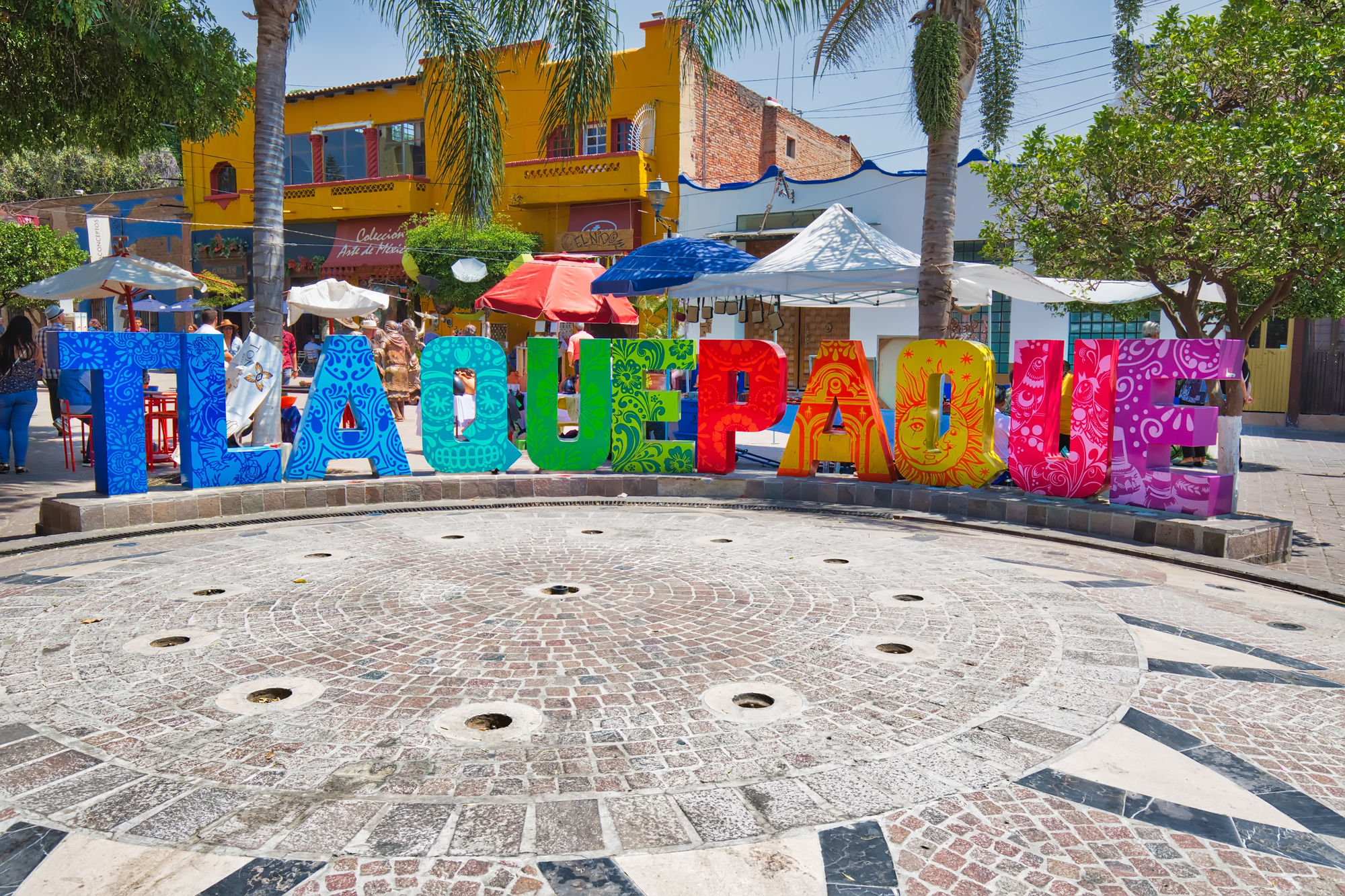
Guadalajara gave the world mariachi music and tequila, but locals know the city’s real treasure lies in its tortas ahogadas—crusty bread rolls ‘drowned’ in spicy tomato sauce that locals eat with reckless abandon. The city’s street food vendors have perfected the art of the birria taco, featuring slow-cooked goat or beef in a rich, aromatic broth that’s become an international sensation.
Guadalajara’s food trucks and street stalls stay busy late into the night, fueled by the city’s legendary nightlife and the need for serious hangover prevention.
Like Travel Pug’s content? Follow us on MSN.
Oaxaca City, Oaxaca
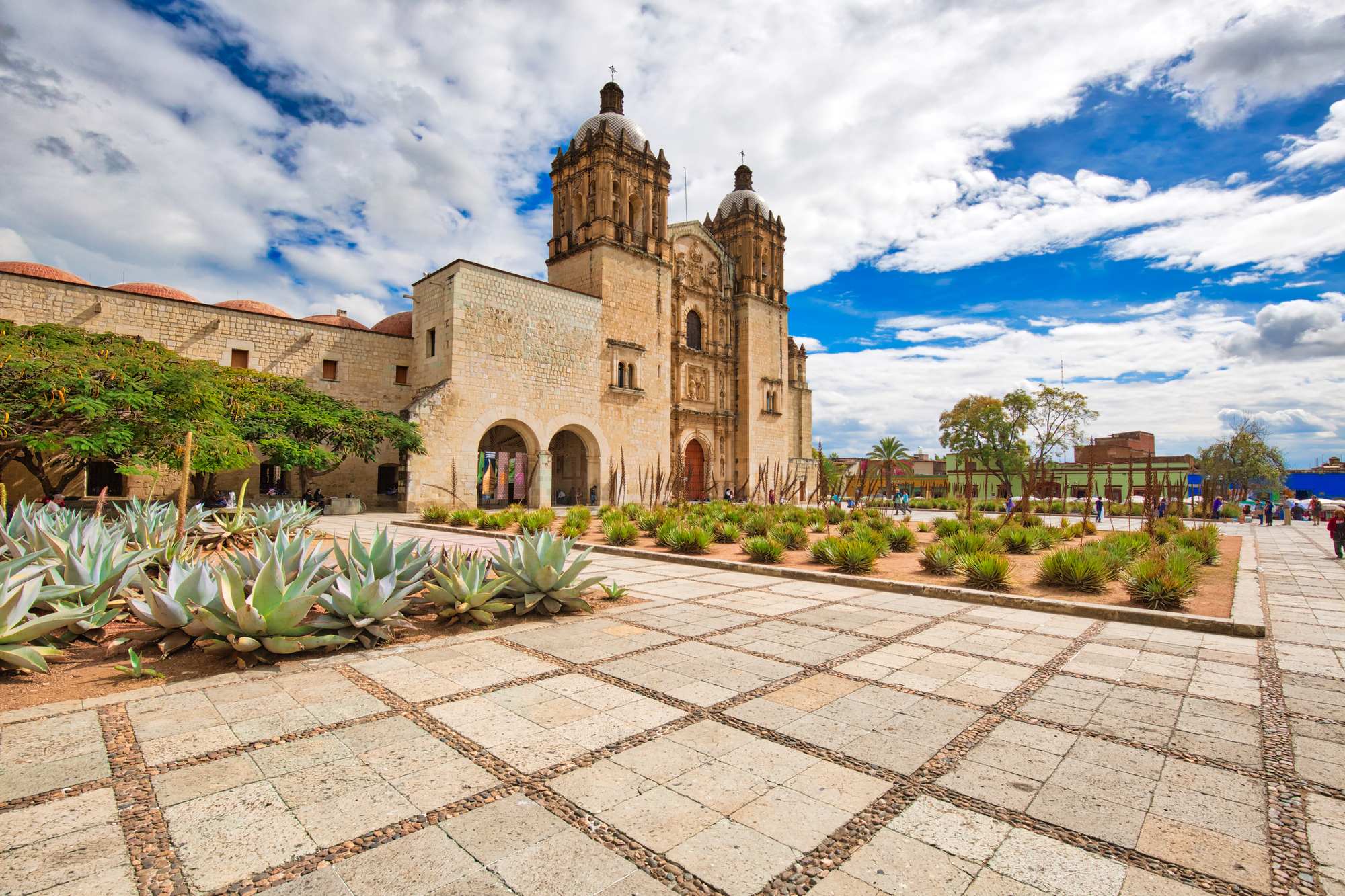
Oaxaca City operates like an open-air culinary museum where indigenous Zapotec traditions blend seamlessly with Spanish colonial influences. The city’s markets overflow with chapulines (grasshoppers) seasoned with garlic and lime, while vendors sell tlayudas—massive tortillas topped with beans, cheese, and meat that locals call ‘Mexican pizza.’
Oaxaca’s seven distinct moles represent some of Mexico’s most complex flavor profiles, and you can sample them all from street vendors who’ve spent decades perfecting their grandmother’s recipes.
Mérida, Yucatán

Mérida’s street food reflects the Yucatán Peninsula’s unique position as a cultural crossroads where Mayan, Spanish, and Lebanese influences create flavors found nowhere else in Mexico. The city’s cochinita pibil—pork marinated in achiote and wrapped in banana leaves—gets slow-cooked in underground pits just like the ancient Maya did centuries ago.
Street vendors here also serve sopa de lima and panuchos, dishes that showcase the region’s love affair with citrus and the habanero peppers that thrive in the tropical climate.
Puebla, Puebla
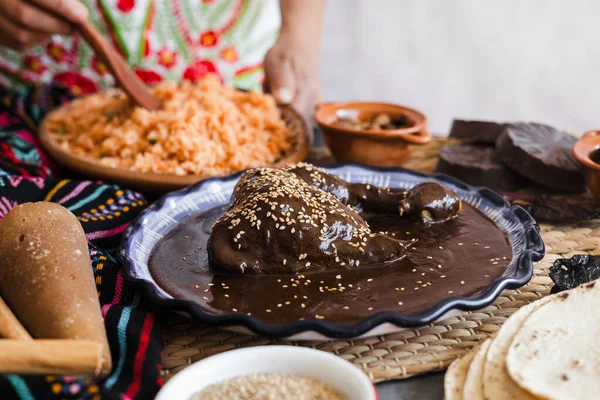
Puebla claims to be the birthplace of mole poblano, and the city’s street vendors take this culinary heritage seriously, serving up complex sauces that can contain more than 20 ingredients. The city’s cemita sandwiches feature sesame seed buns loaded with avocado, pickled jalapeños, and your choice of protein, creating handheld meals that satisfy the heartiest appetites.
Puebla’s location between Mexico City and the Gulf Coast makes it a natural stopping point for travelers, and the city’s street food scene has evolved to feed hungry folks passing through for hundreds of years.
Like Travel Pug’s content? Follow us on MSN.
Tijuana, Baja California
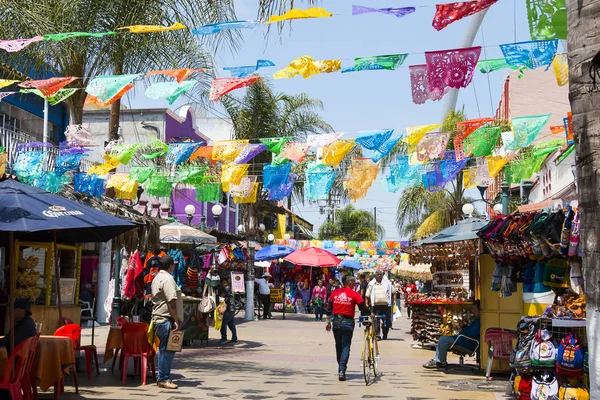
Tijuana represents Mexico’s most innovative street food frontier, where proximity to California creates a fusion cuisine that pushes traditional boundaries while respecting classic techniques. The city’s famous fish tacos feature beer-battered catches from the Pacific, served with cabbage slaw and creamy sauces that have inspired imitators throughout the American Southwest.
Tijuana’s food trucks and street vendors cater to a constantly moving population of workers, tourists, and locals, creating a fast-paced food scene that never sleeps.
Veracruz, Veracruz
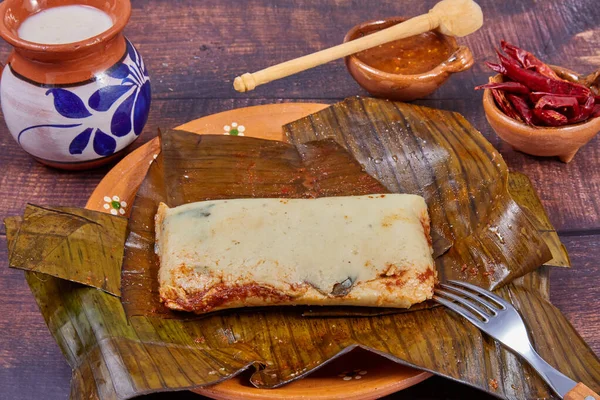
Veracruz’s position as Mexico’s most important Gulf Coast port has created a street food scene heavily influenced by Caribbean and African flavors brought by centuries of maritime trade. The city’s tortas de ahogada feature fresh Gulf seafood, while vendors serve up café de olla, sweetened with cinnamon and piloncillo, which provides the perfect counterpoint to the humid coastal weather.
Veracruz street food reflects the city’s multicultural heritage, where Spanish, indigenous, and Afro-Caribbean influences blend as smoothly as the coffee vendors serve all day long.
León, Guanajuato

León built its reputation on leather goods, but locals know the city’s real claim to fame lies in its guacamayas—tortas stuffed with chicharrón (fried pork skin) and topped with pico de gallo that create a textural symphony in your mouth. The city’s street vendors have perfected the art of balancing crispy, chewy, and fresh elements in handheld packages that satisfy leather workers and office employees alike.
León’s central location in Mexico’s Bajío region provides access to excellent agricultural products, and street vendors showcase this bounty in simple preparations that let the quality of the ingredients shine.
Like Travel Pug’s content? Follow us on MSN.
Monterrey, Nuevo León
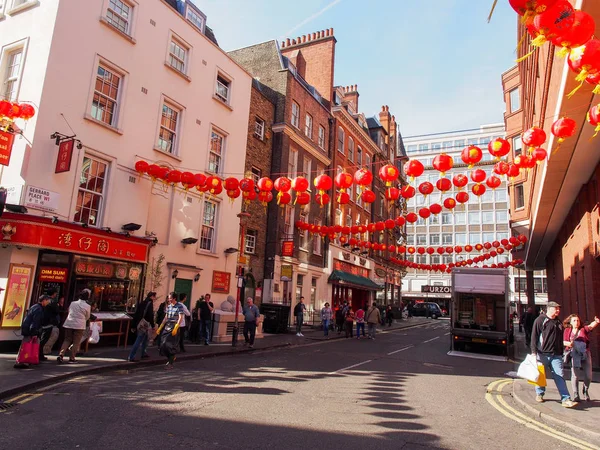
Monterrey’s industrial wealth has created a street food scene that emphasizes hearty, meat-heavy dishes perfect for feeding factory workers and business executives with equal enthusiasm. The city’s cabrito (young goat) tacos represent some of Mexico’s finest barbacoa, while vendors serve up machaca con huevos that transform dried beef into breakfast perfection.
Monterrey’s proximity to Texas has created cross-border culinary influences, but the city’s street food remains distinctly Mexican with an emphasis on bold flavors and generous portions.
San Luis Potosí, San Luis Potosí
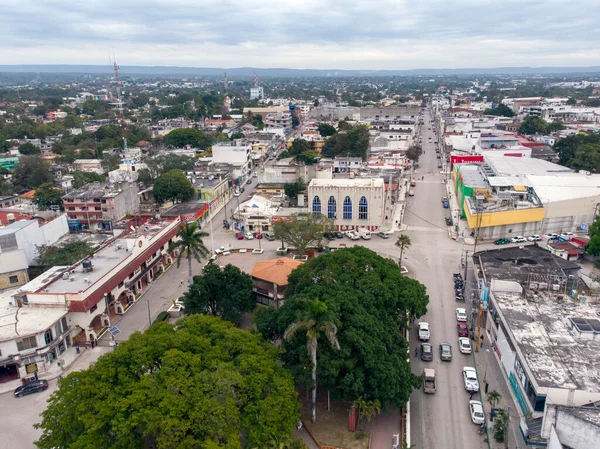
San Luis Potosí’s street food scene revolves around the city’s famous enchiladas potosinas—corn tortillas filled with cheese and chiles, then bathed in red sauce that locals consume with religious devotion. The city’s vendors also excel at tacos de canasta, or ‘basket tacos,’ that get steamed in large containers and sold throughout the day to workers who need quick, affordable meals.
San Luis Potosí’s location in central Mexico provides access to ingredients from multiple regions, creating a street food scene that borrows the best elements from neighboring states.
Morelia, Michoacán
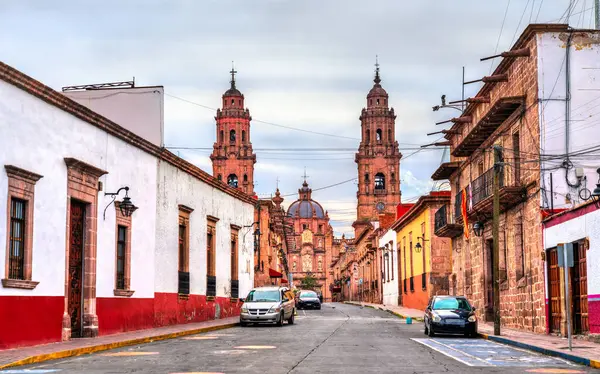
Morelia’s colonial architecture provides a stunning backdrop for street vendors who serve up some of Mexico’s most distinctive regional specialties, including carnitas that originated in nearby Uruapan. The city’s gazpacho isn’t the Spanish soup but rather a fruit cocktail topped with cheese, chili powder, and lime that provides relief from Michoacán’s warm afternoons.
Morelia’s street food vendors take advantage of the state’s reputation for excellent produce, serving up fresh fruit preparations that range from simple to elaborately spiced depending on your tolerance for heat.
Like Travel Pug’s content? Follow us on MSN.
Xalapa, Veracruz

Xalapa’s mountain location creates a cooler climate that influences the city’s street food scene, where vendors serve up hearty soups and stews alongside the lighter fare common in coastal Veracruz. The city’s student population from the Universidad Veracruzana keeps street vendors busy with affordable, filling options like tortas and quesadillas that stretch student budgets.
Xalapa’s coffee culture runs deep, and street vendors serve up some of Mexico’s finest café de olla alongside sweet breads that make perfect afternoon snacks.
Campeche, Campeche
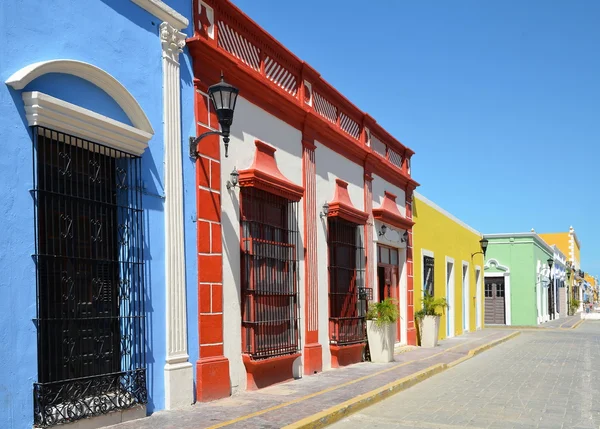
Campeche’s walled colonial city offers a dramatic setting for street vendors who serve up Gulf Coast specialties with Caribbean influences, reflecting the region’s rich pirate-filled history. The city’s pan de cazón features layers of tortillas, beans, and dogfish in tomato sauce that creates a lasagna-like dish perfect for the humid climate.
Campeche’s street food scene moves at a relaxed pace that matches the city’s laid-back vibe, where vendors have time to chat with customers while preparing dishes that have remained unchanged for generations.
Tuxtla Gutiérrez, Chiapas
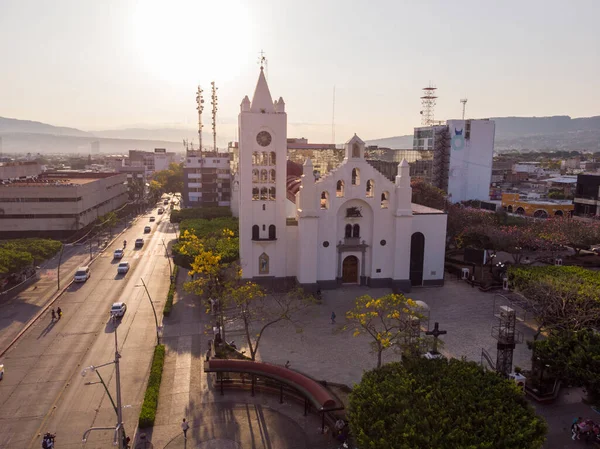
Tuxtla Gutiérrez serves as the gateway to Chiapas, and the city’s street food reflects the state’s indigenous heritage with dishes that incorporate ingredients like chaya leaves and chipilín herbs found nowhere else in Mexico. The city’s tamales oaxaqueños feature banana leaf wrappings and fillings that showcase Chiapas’ exceptional agricultural diversity.
Tuxtla’s street vendors cater to travelers heading to San Cristóbal de las Casas and other highland destinations, providing hearty meals that prepare visitors for mountain adventures.
Like Travel Pug’s content? Follow us on MSN.
Culiacán, Sinaloa
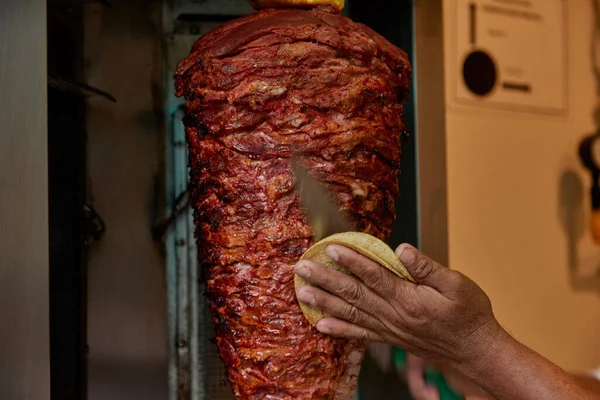
Culiacán’s agricultural wealth has created a street food scene that celebrates the bounty of Sinaloa’s fertile valleys, where vendors serve up fresh salsas made from locally grown tomatoes and chiles. The city’s mariscos (seafood) vendors bring Pacific Coast flavors inland, serving up shrimp cocktails and fish tacos that rival anything found in coastal cities.
Culiacán’s street food reflects the prosperity of Mexico’s agricultural heartland, where vendors can afford to use premium ingredients in preparations that would be considered luxury items elsewhere.
Toluca, Estado de México

Toluca’s high-altitude location creates cool weather that influences the city’s street food scene, where vendors serve up chorizo verde—a distinctive green sausage that has become the city’s signature dish. The city’s Friday markets feature street vendors who travel from surrounding towns to sell regional specialties, creating a weekly celebration of Estado de México’s culinary diversity.
Toluca’s proximity to Mexico City means many vendors commute between the two cities, cross-pollinating food cultures and creating innovative fusion dishes that reflect modern Mexican mobility.
From Ancient Markets to Modern Mobility

Mexico’s street food cities represent living museums where culinary traditions dating back to pre-Columbian times continue evolving in response to modern tastes and global influences. What began as indigenous vendors selling prepared foods in marketplace stalls has transformed into a sophisticated culinary network that feeds millions daily while drawing culinary travelers from around the world. Today’s street vendors carry forward techniques and recipes passed down through generations, yet they’re not afraid to innovate with new ingredients or cooking methods that reflect contemporary Mexican life.
The country’s street food scene proves that the most authentic and delicious Mexican cuisine doesn’t require white tablecloths or celebrity chefs—just skilled hands, quality ingredients, and the passion that comes from feeding your community one perfect taco at a time. These 16 cities ensure that Mexico’s street food tradition will continue thriving for generations to come, adapting to change while preserving the essential flavors that make Mexican cuisine one of the world’s greatest culinary treasures.
Like Travel Pug’s content? Follow us on MSN.
More from Travel Pug

- 20 Best Beach Towns in the Carolinas
- 13 Destinations Where Tourists Regularly Regret Their Trip
- 20 Things You Actually Get in First Class
- 20 Small Airports With Aviation Museums
- 20 Places in the U.S. That Are Perfect for a Reset Trip
Like Travel Pug’s content? Follow us on MSN.
